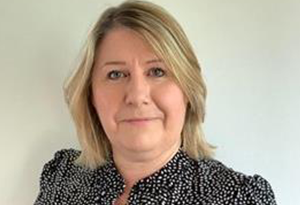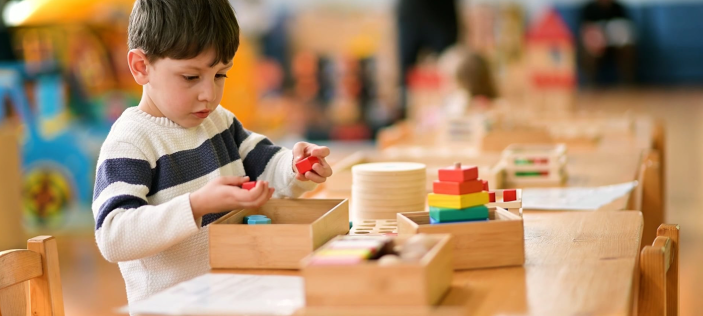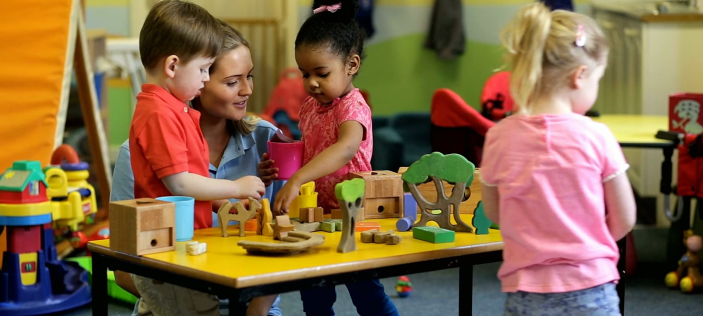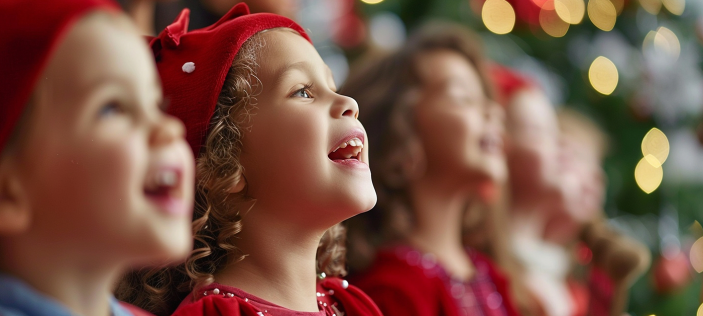I have witnessed firsthand the transformative power of curiosity, awe, and wonder in the early years classroom. These elements are not just beneficial; they are essential for fostering a love of learning and helping children develop a deeper understanding of the world around them.
The Educational Programme for Communication and Language in the Early Years Foundation Stage (EYFS) Statutory Framework (2024) states that: ‘The development of children’s spoken language underpins all seven areas of learning and development. Children’s back-and-forth interactions from an early age form the foundations for language and cognitive development. The number and quality of the conversations they have with adults and peers throughout the day in a language-rich environment is crucial.’
The EYFS Profile is the statutory assessment completed at the end of the academic year in which children turn five, usually reception year. Teachers must assess whether a child has met or not yet met the expected level of development for each of the 17 Early Learning Goals (ELGs). The ELG for Communication and Language, Listening, Attention and Understanding states that: Children at the expected level of development will:
- Listen attentively and respond to what they hear with relevant questions, comments, and actions when being read to and during whole class discussions and small group interactions.
- Make comments about what they have heard and ask questions to clarify their understanding.
- Hold conversation when engaged in back-and-forth exchanges with their teacher and peers. (EYFS Profile Handbook 2024)
When speaking to colleagues in school, I often hear that ‘children don’t ask relevant questions.’ This makes me reflect on why this might be and consider how we can adjust our provision to encourage children to ask meaningful and relevant questions. I am confident that adults can create opportunities for curiosity, awe and wonder cost effectively without adding significantly to existing workload by thinking creatively about how young children learn.
The Power of Curiosity
Curiosity can be a powerful driving force behind learning. When children are curious, they are motivated to explore, ask questions, and seek out new knowledge. This natural inclination in the early years makes it the perfect time to nurture and encourage curiosity.
Consider
Natural objects
Create an area in the provision, a curiosity cube, or empty fish tank, with intriguing objects such as unusual rocks, shells, or plants. Change the items regularly to maintain interest and encourage children to ask questions about the new objects. Displays I have seen have included a collection of cactus plants. I did not want the children to touch them (for obvious reasons), but the conversations about the spines were fascinating.
Mystery boxes
Use mystery boxes filled with different objects that children can feel and guess what they are. This can spark curiosity and lead to discussions about the possibility of what the box contains and can lead to deep mathematical conversations about size and capacity. A mystery box also provides opportunities for children to mark make or write their ideas.
Exploration walks
Take children on nature walks regularly to collect interesting items. Back in the classroom, discuss what they found and encourage them to ask questions about their discoveries. You could decide on a criterion for collecting objects, such as colour, shape, or size.
Creating awe and wonder
Awe and wonder are emotions that can profoundly impact a child's learning experience. When children encounter something extraordinary, it can leave a lasting impression and inspire a sense of wonder about the world.
Practical ideas
Life cycle observations
Often the planned curriculum includes an opportunity each year to learn about a life cycle such as a butterfly emerging from a chrysalis or a plant growing from a seed. These experiences teach children about life cycles, growth, and change. Reflect on opportunities to gain experience of growing plants throughout the year; for example, cress is a fast-growing plant, whereas runner beans or sunflowers will take longer to emerge from the seed. Could children experience growing a different plant every term?
Historical artifacts
Introduce historical objects like old coins, typewriters, telephones or even VHS video tapes. Encourage children to decide on their purpose, origins and uses before providing the facts, which will spark wonder about different times and cultures.
Science experiments
Conduct simple science experiments that have a ‘wow’ factor, such as volcano eruptions with baking soda and vinegar, melting ice or chocolate. The process of cooking is a straightforward way of exploring scientific concepts and talking about the change of states. Experiments can prompt questions about how and why things happen.
Encouraging Questions and Conversations
The latest Ofsted research, Stronger Foundations in the First Years of School, found that ‘Sometimes adults give more attention to the confident and articulate children. This promotes their intellectual and social development at the expense of the minority who need the most support.’ When adults are conscious of this and plan for focused interactions with all children in the provision, opportunities to develop language skills, critical thinking, and social interactions will increase.
Practical ideas
Daily question
Have a ‘Question of the Day’ related to a story, object, latest news article or topic in the classroom. Encourage children to think about and discuss their answers with peers.
I wonder
The use of the ‘I wonder’ sentence starter is a great way to instigate a conversation about the most random topic. For example, when discussing the fixed climbing equipment in the outdoor area, an adult could say, ‘I wonder what vehicle was used to bring the climbing frame to school’ or ‘I wonder what birds do when it rains.’
Interactive displays
Create interactive displays linked to a story, theme, topic, or current interest of the class, where children can add their own questions and comments about the objects on display. I once set up a display and asked children to bring in a food wrapper or a box from home. All children could participate, and it was interesting to see children talk about having the same or similar packaging at their home.
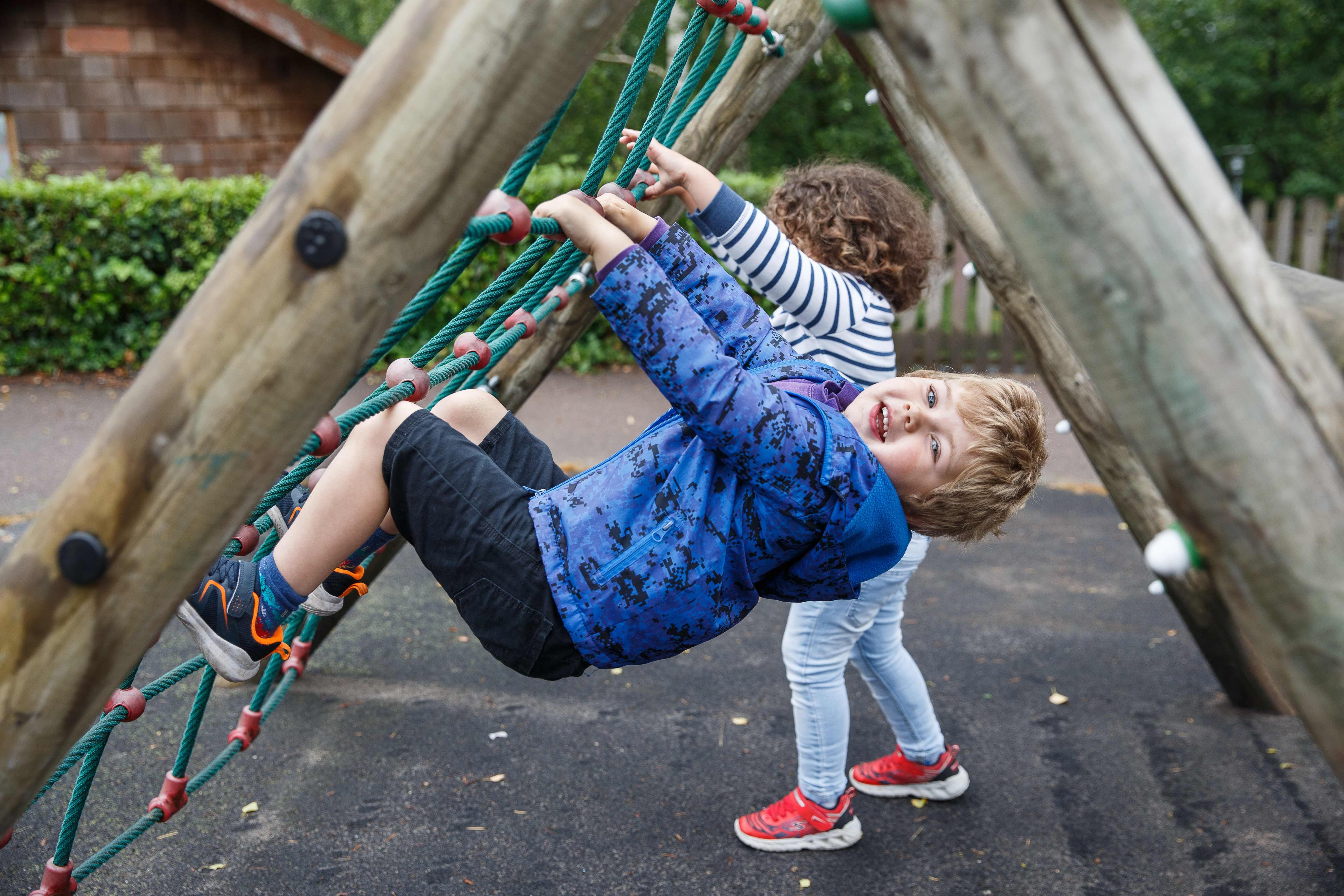
Understanding the world and making connections
By exploring objects from nature and history, children gain a better understanding of the world around them. They learn about diverse cultures, communities, and the natural environment, which helps them develop empathy and respect for others.
Practical ideas
Cultural Celebrations
Celebrate diverse cultural festivals and traditions in the classroom. Use artefacts, food, and stories to help children understand and appreciate diverse cultures. Adults can make clear links between elements of the festivals, such as ‘I ate special food to celebrate Eid, and you ate special food to celebrate Christmas.’
Global Connections
Introduce children to global concepts through maps, globes, and stories from around the world. Encourage them to make connections between their own lives and those of children in other countries. Opportunities to research countries that children may have visited or where members of the extended family live, will ensure the learning is significant to the class.
Community Involvement
Invite community members to share their experiences and knowledge with the children. Consider asking parents/carers or governors to lend or talk about an interesting object. This helps children make connections between their classroom learning and the wider world.

Fostering curiosity, awe, and wonder in the early years classroom positively impacts children's cognitive, emotional, and social development. By encouraging children to explore and ask questions, we help them develop a lifelong love of learning and become more confident, independent thinkers.
The introduction of interesting objects can stimulate their curiosity, prompting children to ask questions and understand the world around them. This process helps children make connections to their own lives, fostering a sense of identity and belonging. Moreover, these interactions enhance their speaking and communication skills as they articulate their thoughts and engage in meaningful conversations with peers and adults.
If you implement any of the ideas described above, we would love to hear from you or even see a photograph. Do get in touch at earlyyearsteam@hfleducation.org
